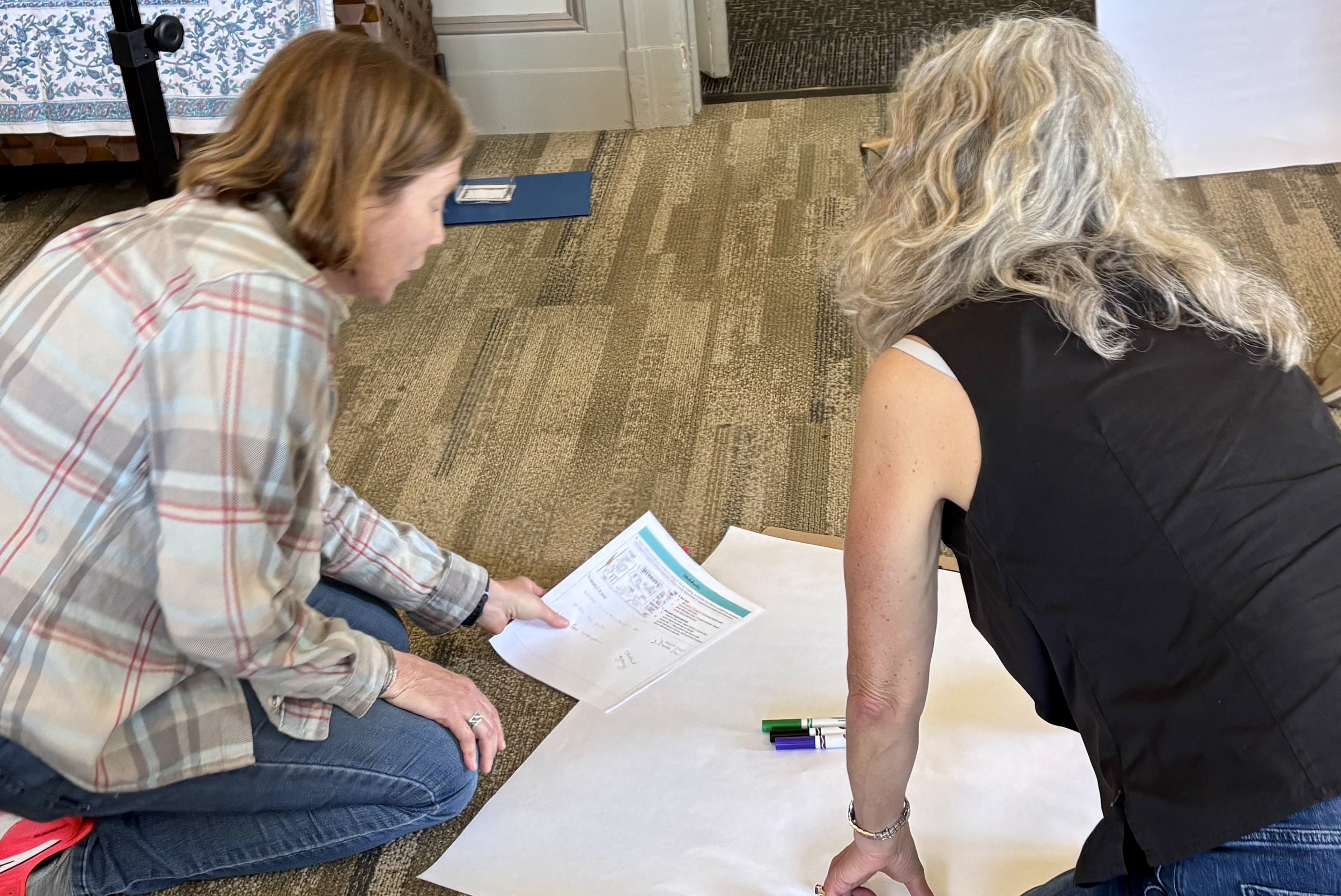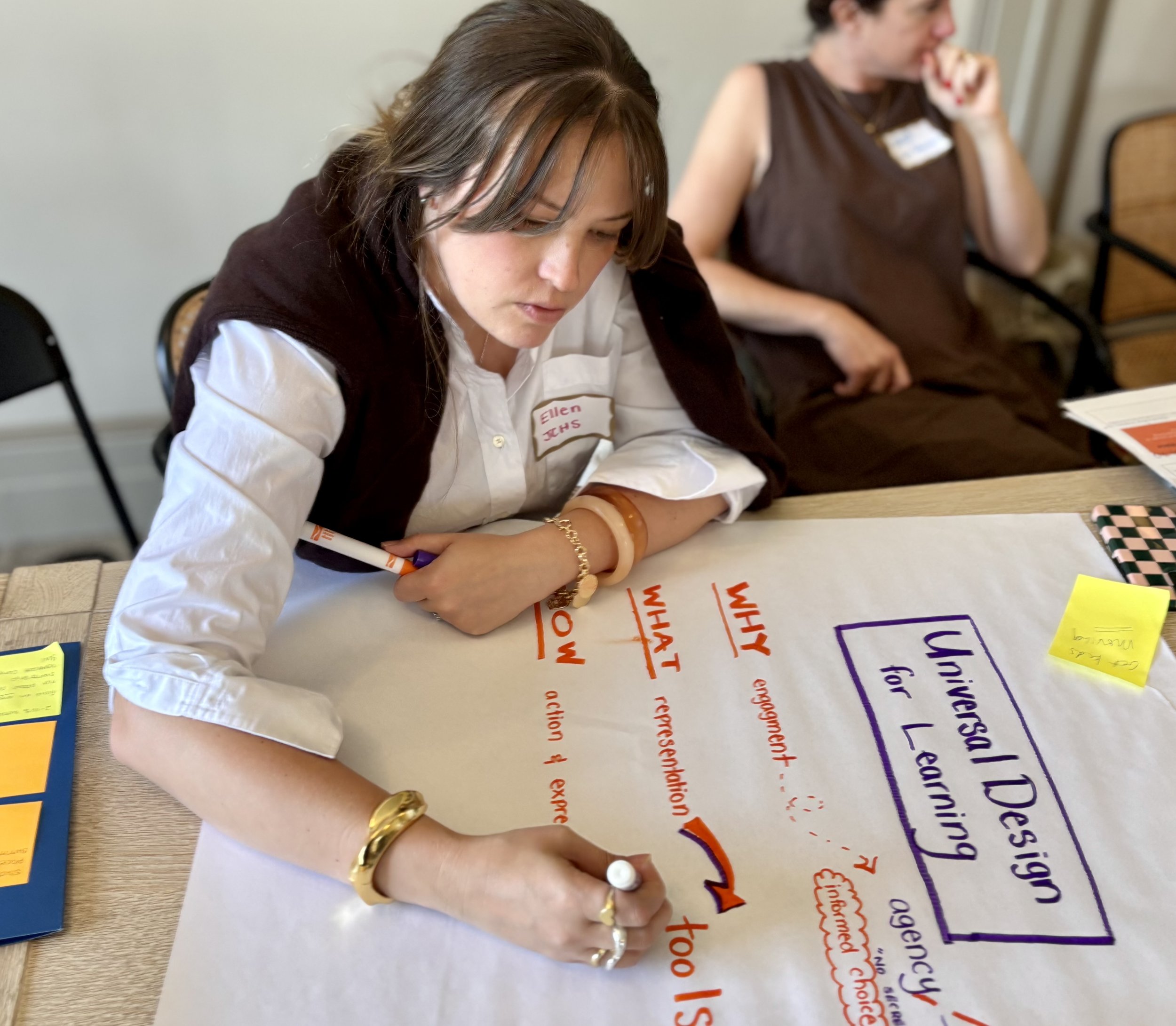Where Deep Learning Meets Real-Time Design
Spark UDL Strategy Lab for Bay Area Learning Specialists Cohort at Marin Academy 2025
Spark Strategy Labs
Strategy Labs are interactive workshops where teams tackle real challenges, strengthen professional culture and focus collective effort. Grounded in the science of teaching and learning, this structure blends research, modeling, and collaborative design to spark purposeful action and build shared momentum,
1. Center a Problem of Practice
The lab structure helps your team define a meaningful problem of practice to focus exploration, align priorities, and guide purposeful action.
2. Strengthen Core + Culture
Strategy Labs build shared language around effective practice and strengthen professional culture through purposeful collaboration.
3. Experience Learning Tools in Action
Facilitators model research-based strategies teachers can adapt and apply right away.
4. Co-Design for Impact
Faculty leave with high-impact strategies, practical tools, and an action plan tailored to your students, culture, and goals.

"What set the Spark Strategy Lab apart was how seamlessly it combined research with instructional modeling. Our team experienced what great learning design looks and feels like."
-Educational Leadership team member
"So energizing, engaging, and honestly…fun! The format created space for collaboration and brought us together as a teacher team. It was a rare kind of PD that felt both meaningful and motivating."
-Upper School faculty member feedback





